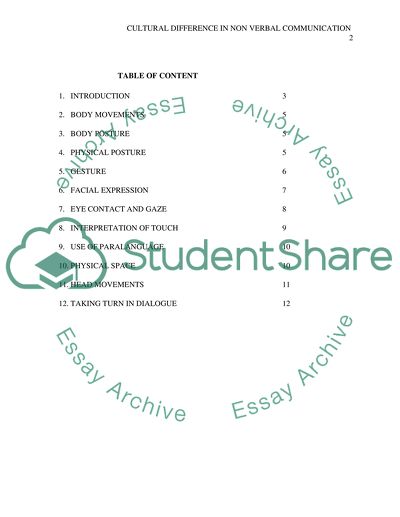Cite this document
(“English for Business Essay Example | Topics and Well Written Essays - 2750 words”, n.d.)
English for Business Essay Example | Topics and Well Written Essays - 2750 words. Retrieved from https://studentshare.org/english/1663268-english-for-business
English for Business Essay Example | Topics and Well Written Essays - 2750 words. Retrieved from https://studentshare.org/english/1663268-english-for-business
(English for Business Essay Example | Topics and Well Written Essays - 2750 Words)
English for Business Essay Example | Topics and Well Written Essays - 2750 Words. https://studentshare.org/english/1663268-english-for-business.
English for Business Essay Example | Topics and Well Written Essays - 2750 Words. https://studentshare.org/english/1663268-english-for-business.
“English for Business Essay Example | Topics and Well Written Essays - 2750 Words”, n.d. https://studentshare.org/english/1663268-english-for-business.


